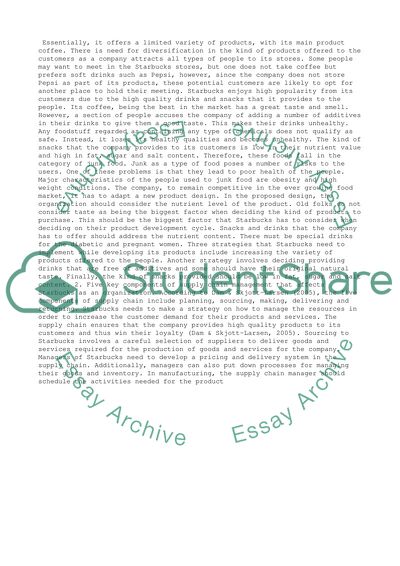Cite this document
(“Starbucks Research Paper Example | Topics and Well Written Essays - 1250 words”, n.d.)
Retrieved from https://studentshare.org/management/1484500-starbucks
Retrieved from https://studentshare.org/management/1484500-starbucks
(Starbucks Research Paper Example | Topics and Well Written Essays - 1250 Words)
https://studentshare.org/management/1484500-starbucks.
https://studentshare.org/management/1484500-starbucks.
“Starbucks Research Paper Example | Topics and Well Written Essays - 1250 Words”, n.d. https://studentshare.org/management/1484500-starbucks.


